Taxes and U-turns: Trump and the Market Waves
Early morning on May 26 (Vietnam time), US President Donald Trump announced a temporary suspension of the 50% tax on goods from the European Union (EU) until July 9, paving the way for new trade negotiations.
This is the latest “U-turn” in a series of tariff moves by Mr. Trump, part of a tactic of creating pressure and then making concessions to gain an advantage in negotiations.
On the social network Truth Social, he wrote: “Today I received a call from Ursula von der Leyen, President of the European Commission (EC), asking for an extension of the June 1 deadline for the 50% tariffs on trade and the EU. I agreed to extend until July 9. I am honored to do so. The President of the Commission said that negotiations will begin promptly. Thank you for your attention to this issue!”
Ms. Von der Leyen called this a “positive” discussion, emphasizing that the EU is ready to promote negotiations to reach a mutually beneficial agreement.
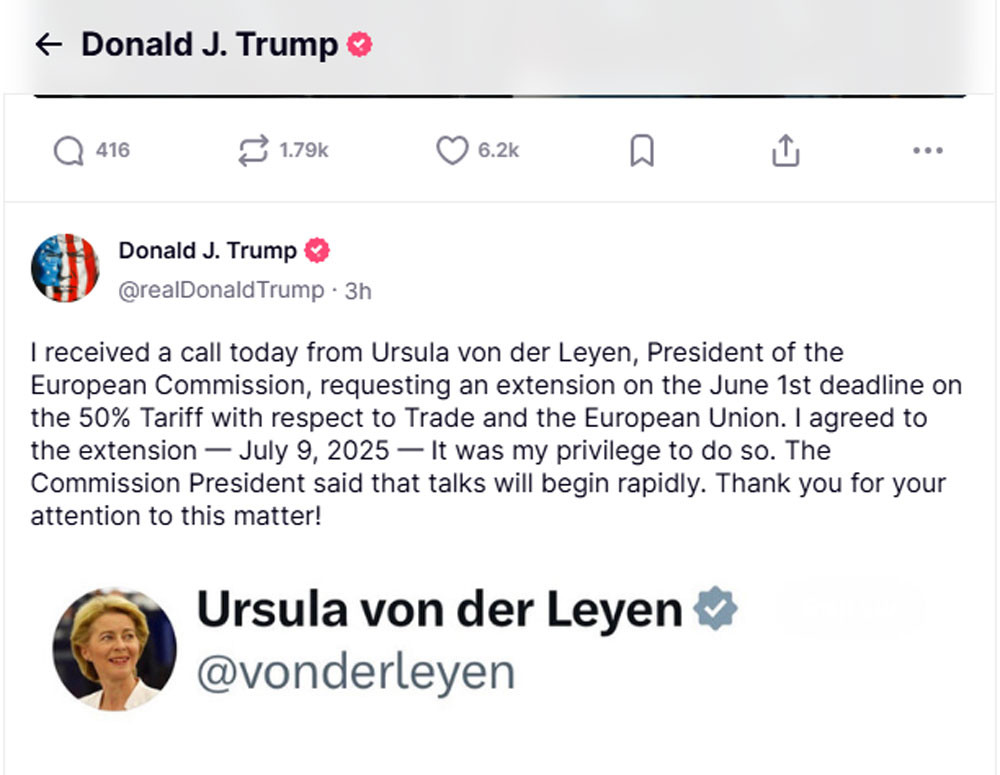
A few days ago, Mr. Trump threatened to impose a 50% tariff on EU goods because of the trade deficit of more than $250 million per year, which he called “completely unacceptable.” The tariff is double the 20% reciprocal tariff imposed in April.
However, this is not the first time that the tax has been postponed. In early April, Mr. Trump announced a reciprocal tax policy with 180 trading partners, ranging from 10-50%, of which China was subject to 54%, Vietnam 46%, Thailand 36%. But just a few days later, he unexpectedly postponed the imposition of taxes on most countries for 90 days, except for China.
Every time Mr. Trump threatens to impose tariffs, global financial and commodity markets are shaken. Gold prices fluctuate by $50-100/ounce after each such event. The US stock market also fluctuates strongly.
On May 12, when the US and China agreed to reduce reciprocal tariffs from 145% to 30% (US) and from 125% to 10% (China) within 90 days, spot gold prices plunged more than 3%, from $3,325/ounce to $3,225/ounce, marking the worst trading session in 2025.
Mr. Trump's threats to impose tariffs not only put pressure on partners but also strongly impacted financial markets.
But when he delays or cuts taxes, the scenario reverses: gold corrects lower, the dollar and stocks recover. This cycle has repeated itself since the beginning of the year.
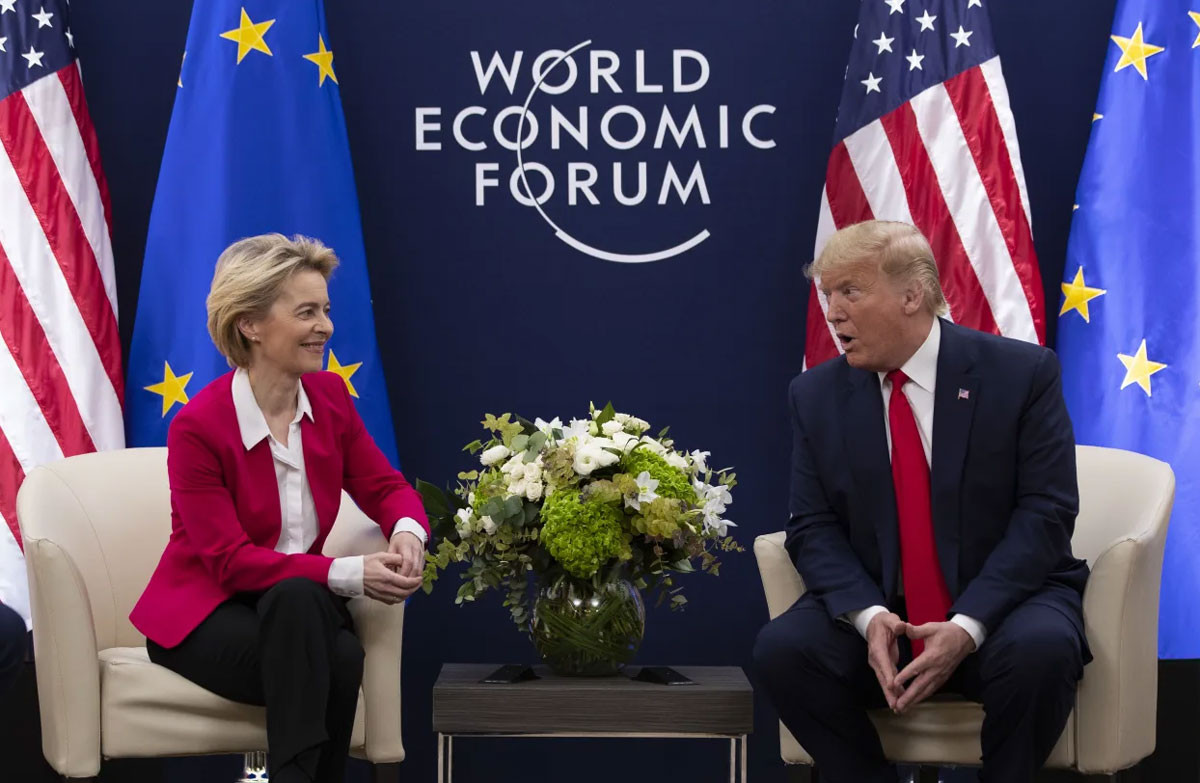
Trump's negotiating tactics
Trump’s tactic of imposing tariffs and then postponing them is not accidental, but part of his “ America First ” philosophy. This is the guiding principle in his domestic and foreign policies, with the goal of prioritizing the economic interests, security and jobs of Americans.
Through protectionist trade policies, withdrawing from multilateral agreements, restricting immigration and promoting domestic manufacturing, Mr. Trump seeks to reduce the trade deficit and protect American businesses.
Mr. Trump does not hesitate to create conflicts, even actively inciting tensions. Speaking to Bloomberg on April 17, he said: "At some point, I don't want to raise tariffs any higher because it will cause people to not buy."
However, he still uses tariffs as leverage to pressure his partners to come to the negotiating table. This tactic reflects the philosophy in his famous book, The Art of the Deal. That is, create maximum pressure, exploit the opponent's fear and then suddenly make concessions to reach a favorable agreement.
With China, the 145% tariff (125% reciprocal tariff plus 20% fentanyl tariff) was Trump’s response to what he called “disrespect” from Beijing. But as tensions escalated, with China retaliating with a 125% tariff starting April 11, he quickly agreed to reduce the tariff to 30% for 90 days to open the way for negotiations.
Similarly, with the EU, the 50% tariff was suspended immediately after the call with Ms. Von der Leyen, creating space for negotiations. This tactic helps Mr. Trump maintain his image as a “tough negotiator” while keeping the US in the driving seat.
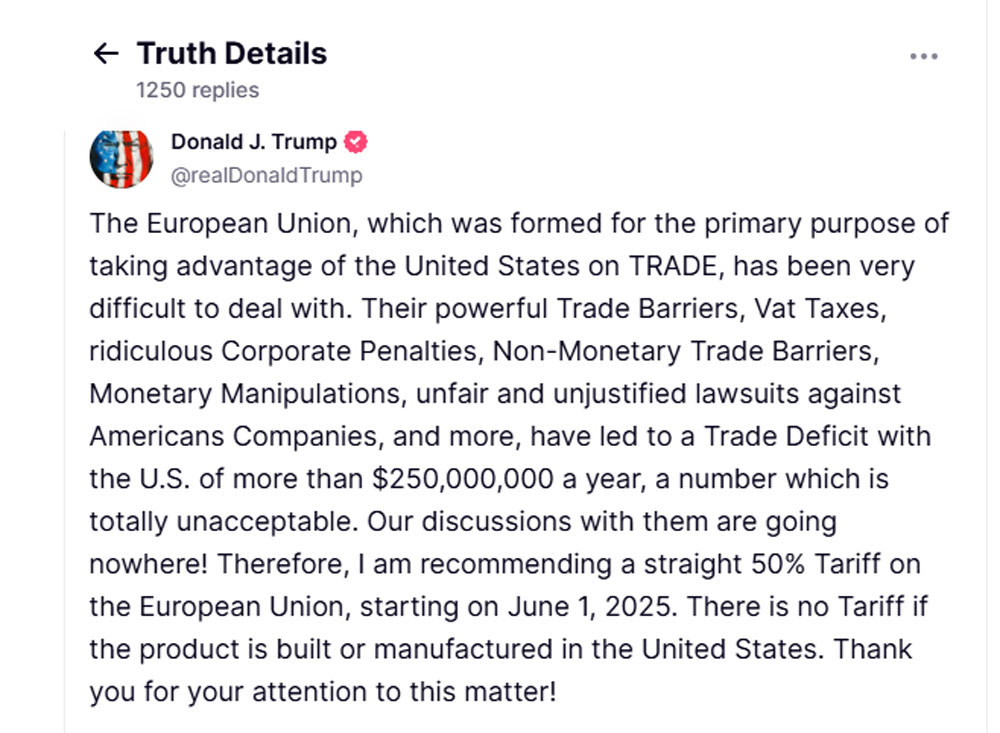
The rules behind Mr Trump’s tactics may be quite simple: create a storm to attract attention, apply pressure to force concessions from partners, then “turn around” to strengthen the negotiating position.
Every time he threatens to impose tariffs, he not only puts pressure on his partners but also strongly impacts financial markets, thereby sending a message that the US has the ability to shape global economic trends.
But it also helps investors better understand short-term market movements — like a drop in gold prices or a surge in the dollar — that are often knee-jerk reactions to Trump’s statements. But when he delays or cuts tariffs, markets often recover quickly, especially risk assets.
This is also a time for investors to clearly understand the impacts of policies. Volatility is also an opportunity to restructure investment portfolios.
The ultimate goal is not to disrupt the global trade order, but to reshape it in terms most favorable to the United States, a game in which Mr. Trump is not afraid to stir up trouble to force his opponents to make concessions.
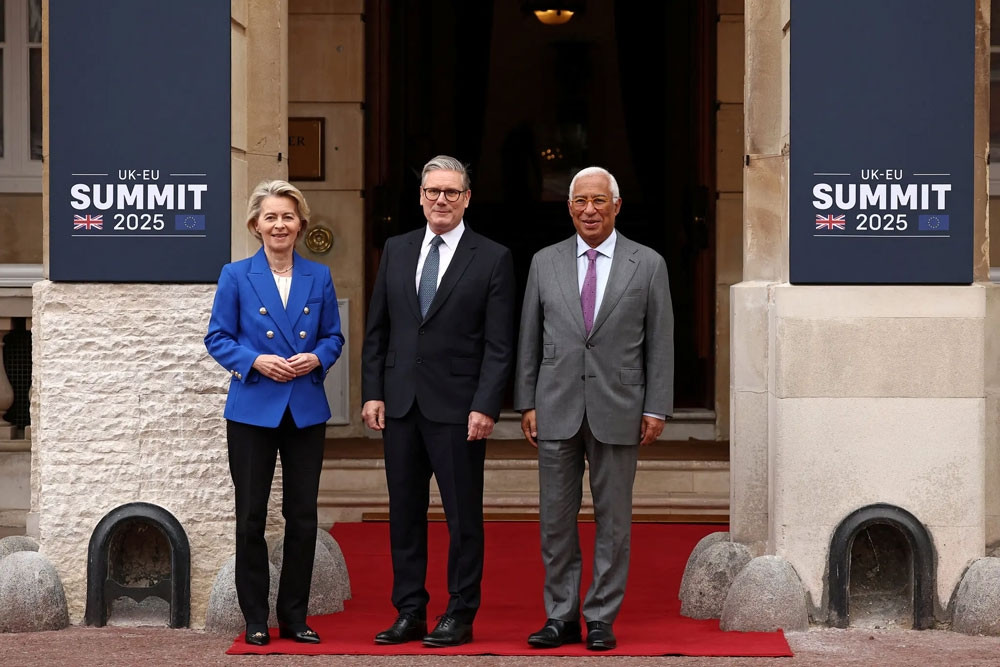
Source: https://vietnamnet.vn/chien-thuat-gay-bao-de-dam-phan-cua-ong-donald-trump-2404800.html










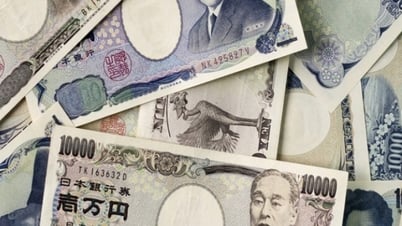


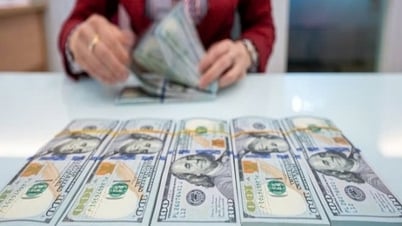






















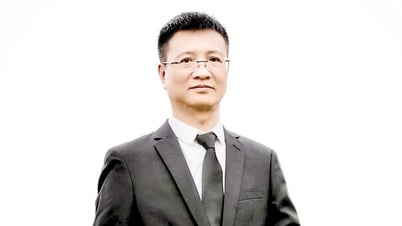












































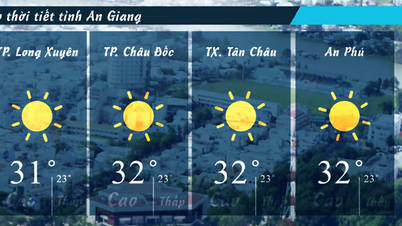















Comment (0)